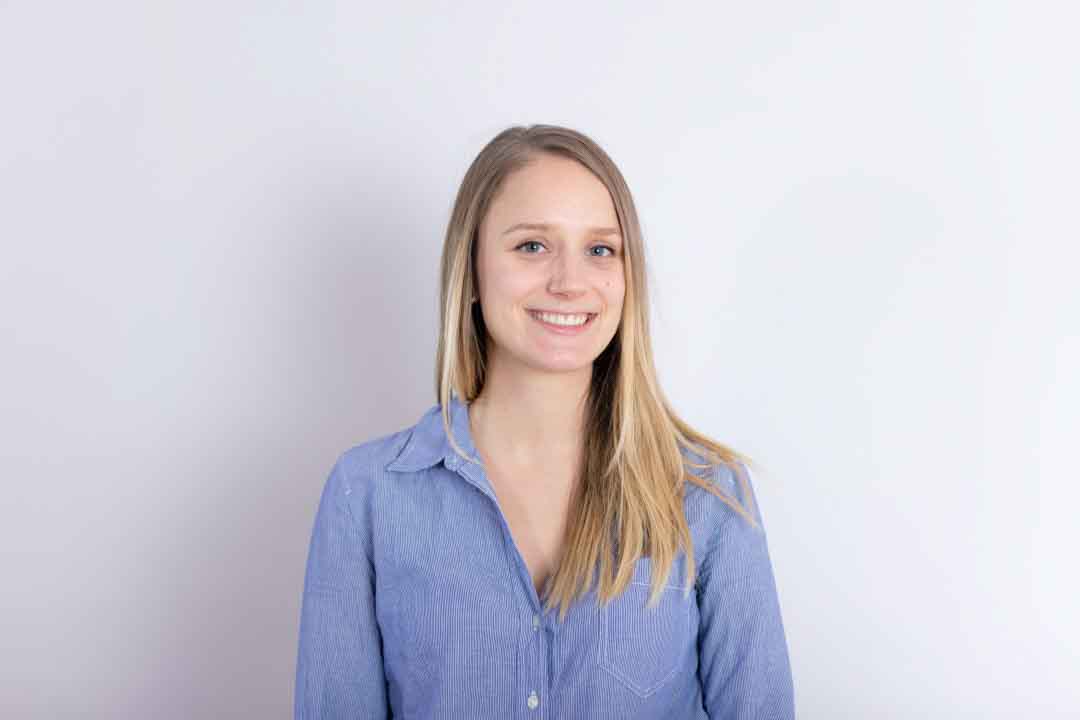The Varsity, one of the University of Toronto’s student newspapers, recently hired its first public editor. Sophie Borwein, the paper’s public editor, wrote in an article for The Varsity that she will “hold the newspaper accountable,” and “ensure the gap between the newspaper’s readers and its journalists doesn’t become too wide.”
Multiple news organizations already have public editors, including the Toronto Star, The Globe and Mail, and the New York Times. These publications define the public editor role as someone who provides a critical opinion on behalf of the reader, separate from the editorial staff.
This is likely the first time a Canadian student newspaper has incorporated a public editor on staff, according to Alex McKeen, The Varsity’s editor-in-chief. She said the role will help with “building greater levels of trust among our readership.”
“To my knowledge, no other Canadian campus paper has made a similar decision,” McKeen said.
This was echoed by Kathy English, the public editor for the Toronto Star, who said in a Jan. 20 article that it was “a brave move for The Varsity’s editorial staff to open itself to ‘a sharp critical eye’ that will hold it officially to public account for high journalistic standards.”
Borwein said in an interview that while the public editor position had been “a long-time in development,” it’s also a significant time to incorporate the role. She said U.S. President Donald Trump’s feud with the media is an example of “how wide the gap between the media and the public can grow.”
“If you have a good public editor, coverage gets done in a certain way,” Borwein said.
Randy Boswell, a Carleton university journalism professor, said public editors are just one of many “avenues for the reading public to express its concerns about a publication’s news coverage.”
“A public editor provides an important avenue for the public to engage in a critical dialogue with the news organization about the way it’s covering the news,” Boswell said.
He also said he would be surprised if campus news publications beyond The Varsity had public editors.
“I think generally in the journalistic community, it’s been considered to be something of, in a way, a luxury to have a position solely for airing criticism of the news organization itself,” he said.
But public editors can also be a source of controversy, in addition to holding newspapers to account. In Dec. 2016, Liz Spayd, public editor for the New York Times, came under fire from several journalists after she criticized the newspaper’s reporters for sending anti-Trump tweets.
The tweets consisted of reporters comparing Trump’s cabinet picks to a “pageant,” and stating the electoral college was designed to keep people like Trump from becoming president. Spayd told Fox News she thought the tweets went “over the line” and that there should be consequences for the reporters.
Several journalists criticized Spayd on Twitter for calling out the reporters, including Eric Geller from Politico, who said on Twitter that “none of these tweets are outrageous.”
Traditionally, the editor-in-chief is able to balance demand and journalistic integrity without compromising content, according to Boswell.
“What a public editor does a little differently though is shine a light on not just errors, but errors in judgement by the news organization,” he said. “It shows a lot of courage for The Varsity to appoint a public editor. I would say that’s laudable and it may set an example for other campus news organizations that don’t have public editors.”
– Photo is by Nathan Chan
Corrections: A previous version of the article referred to Alex McKeen, editor-in-chief of The Varsity, as a “he.” McKeen is a woman, and goes by “she.”
A Quote attributed to Sophie Borwein, The Varsity’s Public Editor, was also inaccurate and has since been removed.
The Charlatan regrets the errors.






